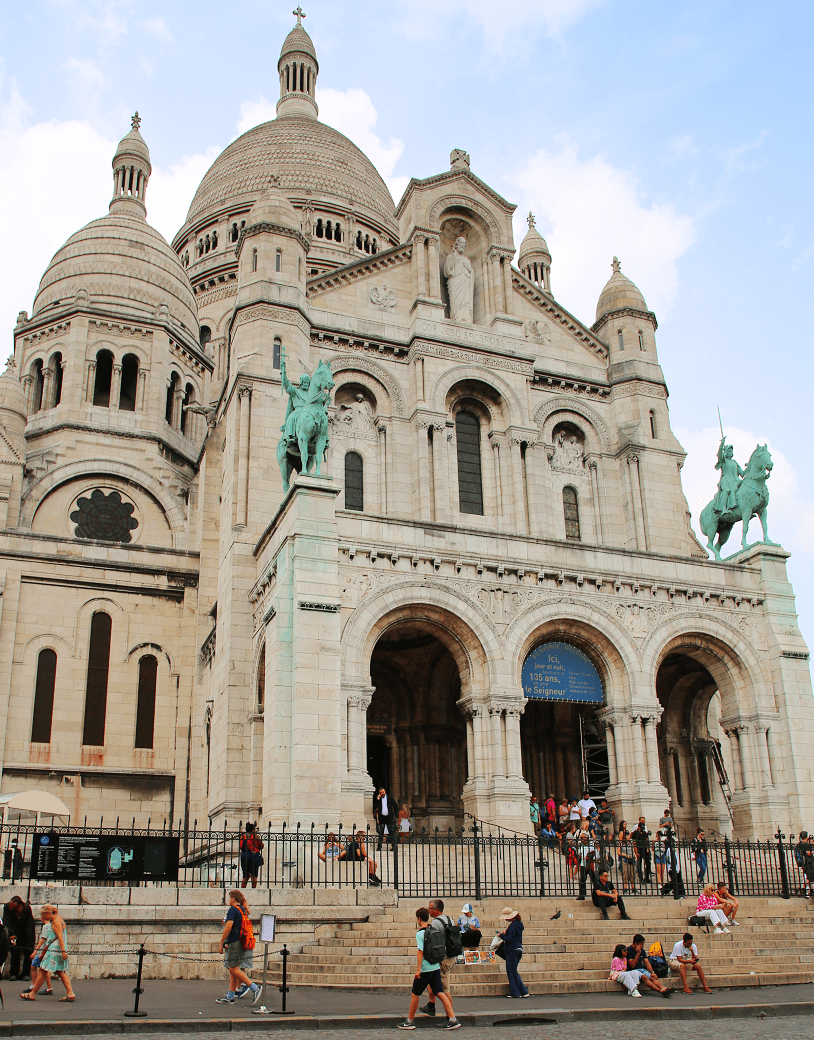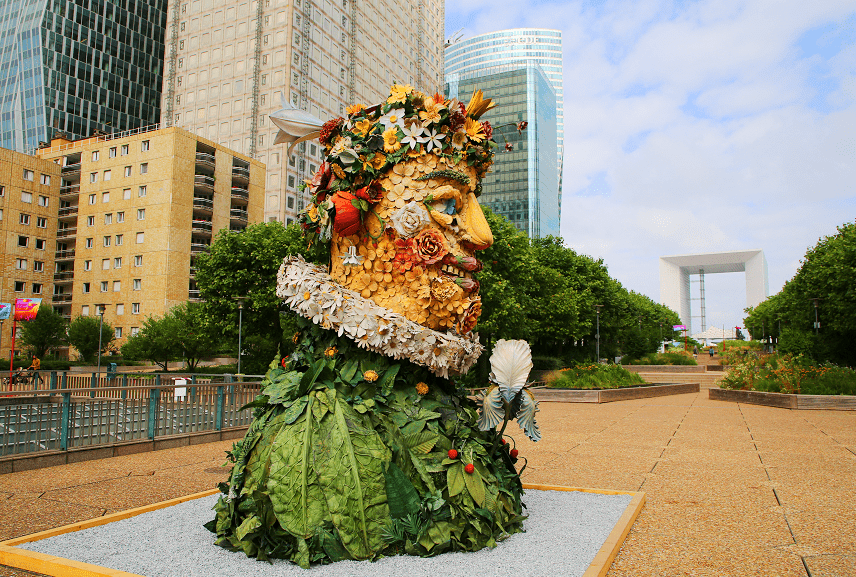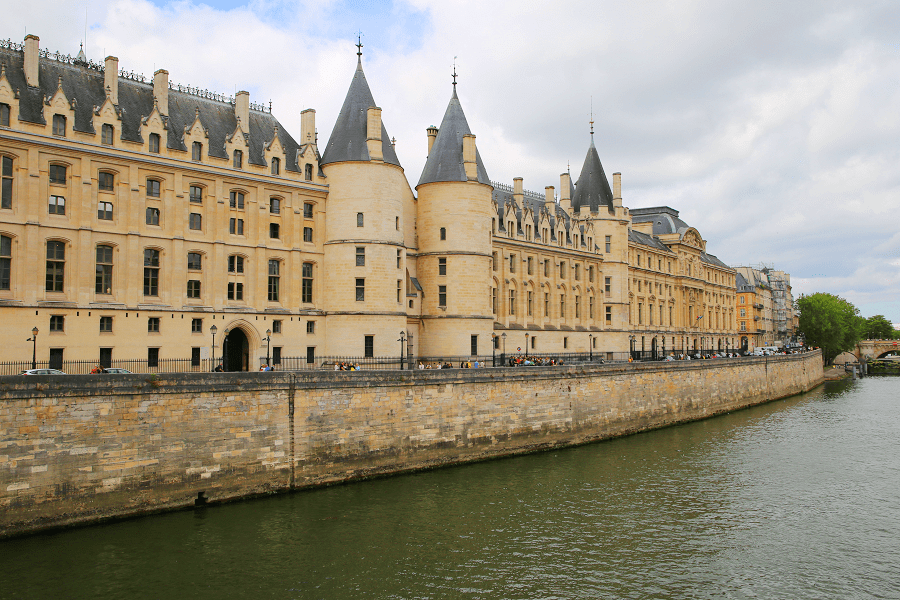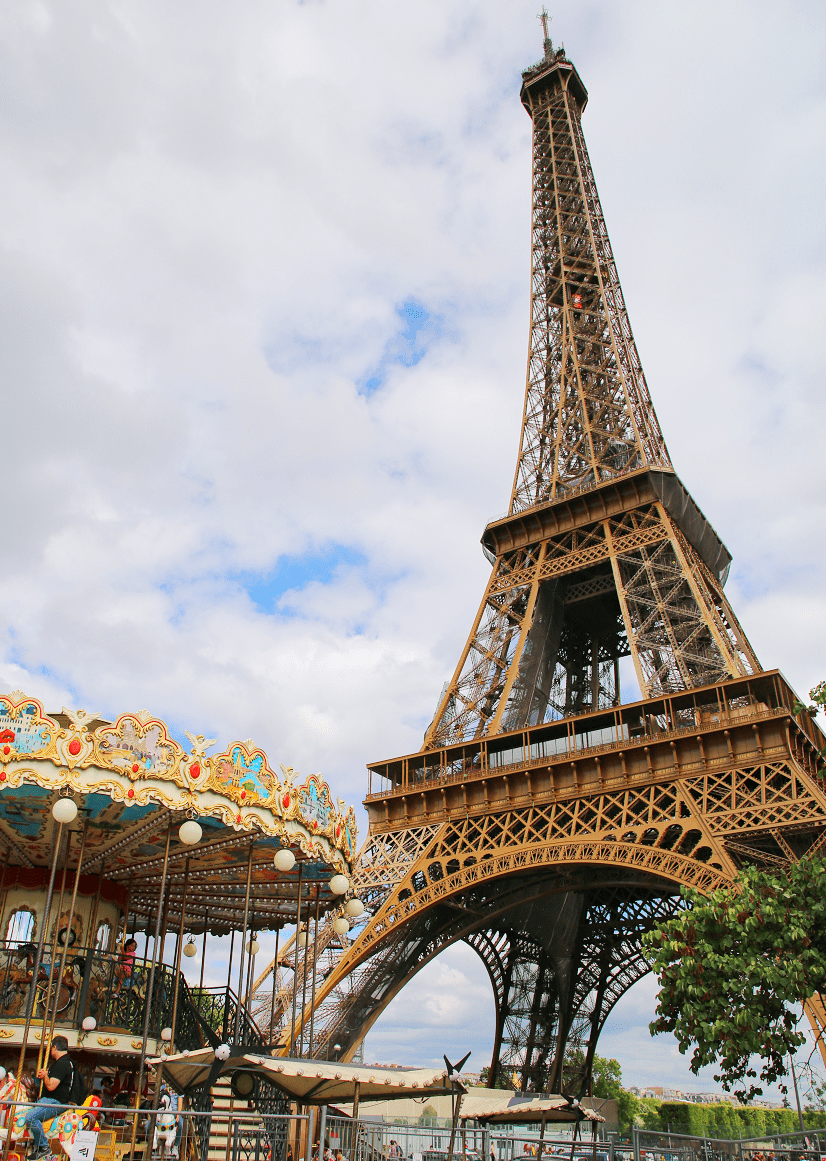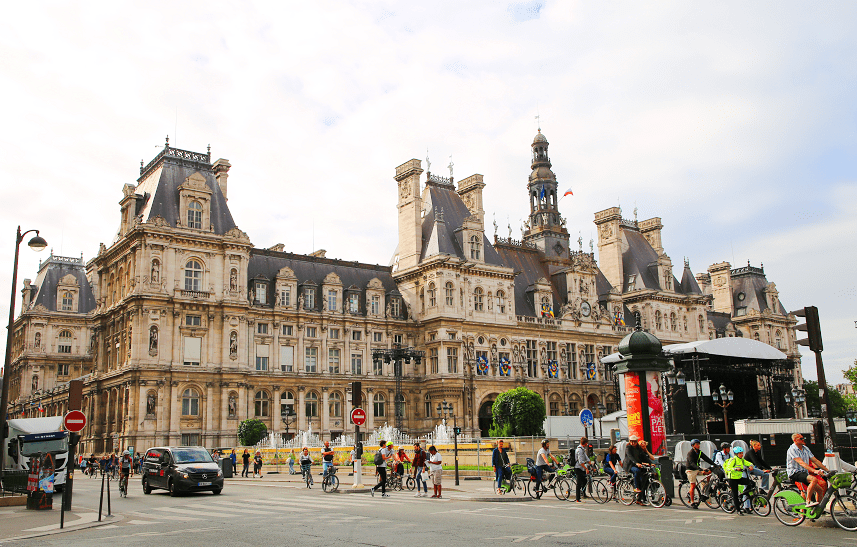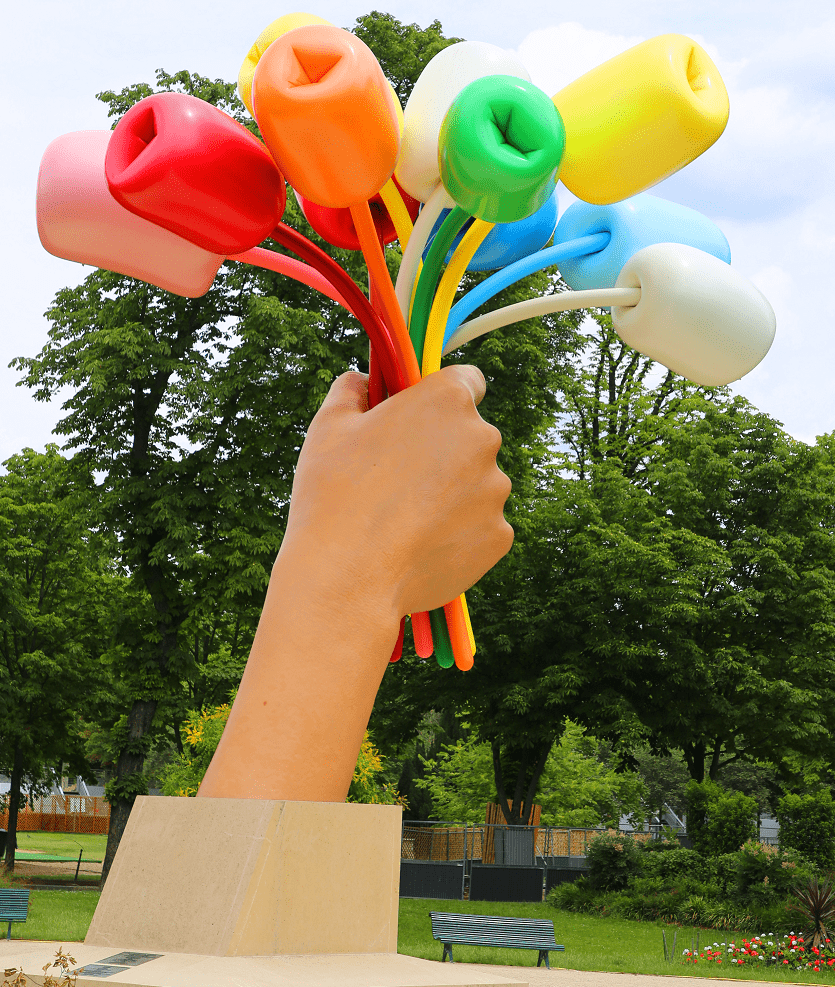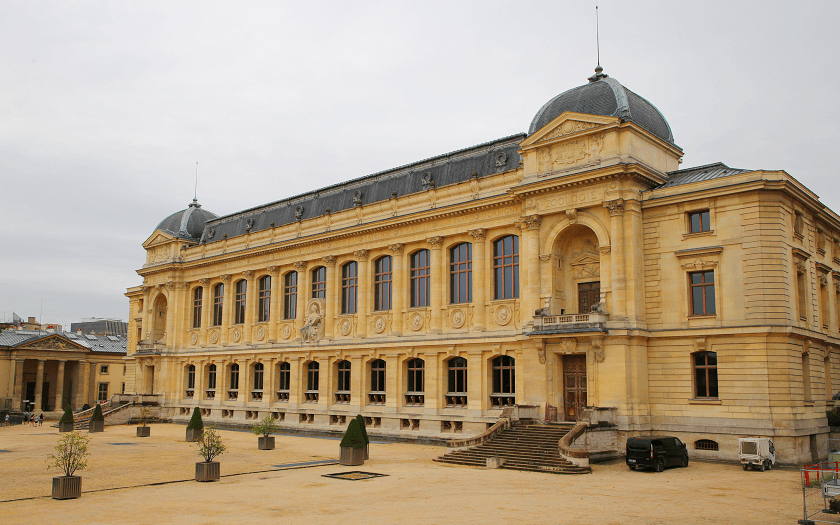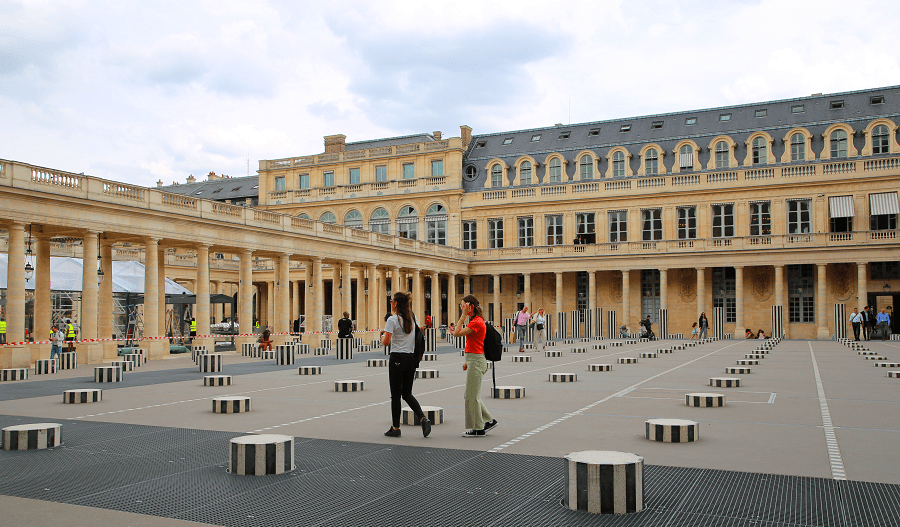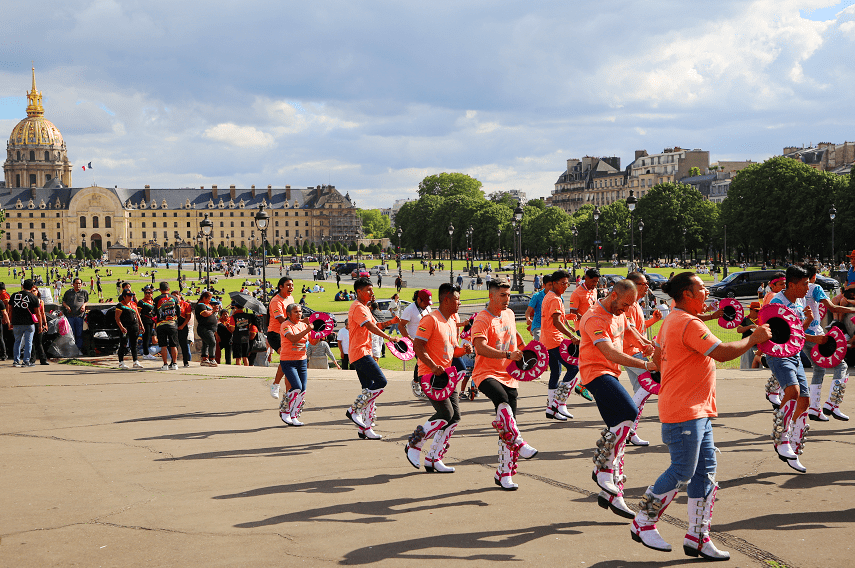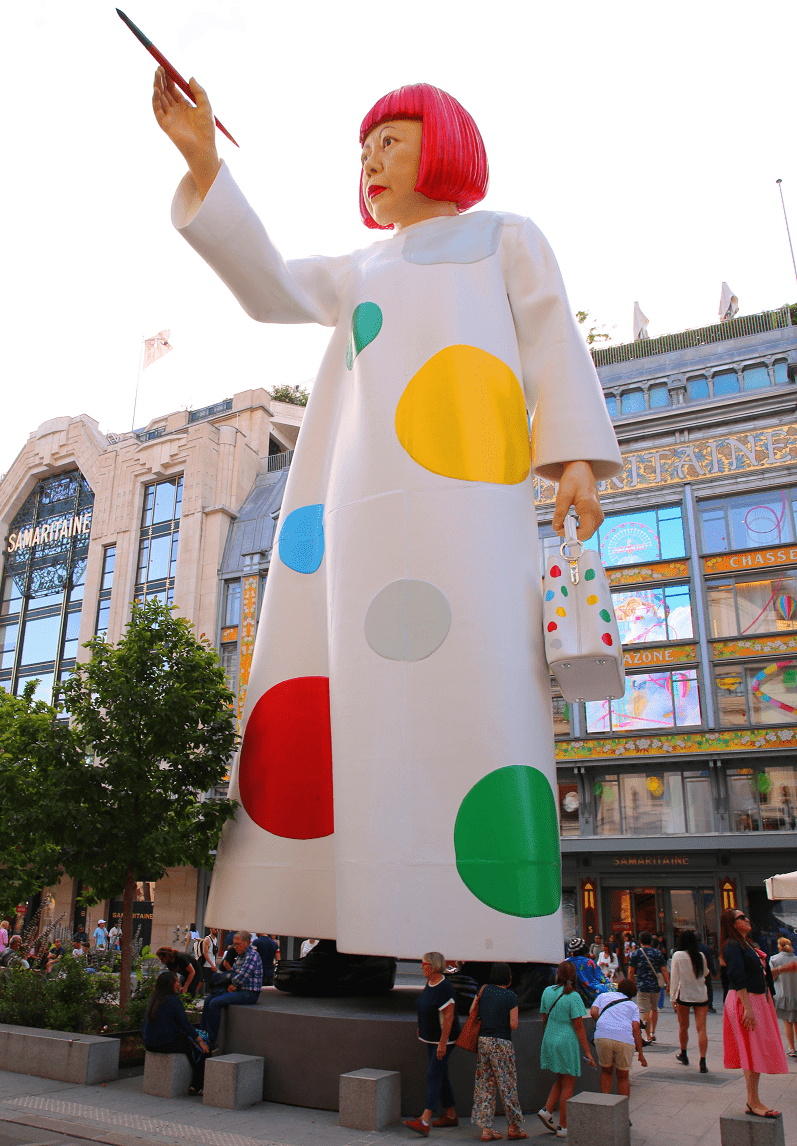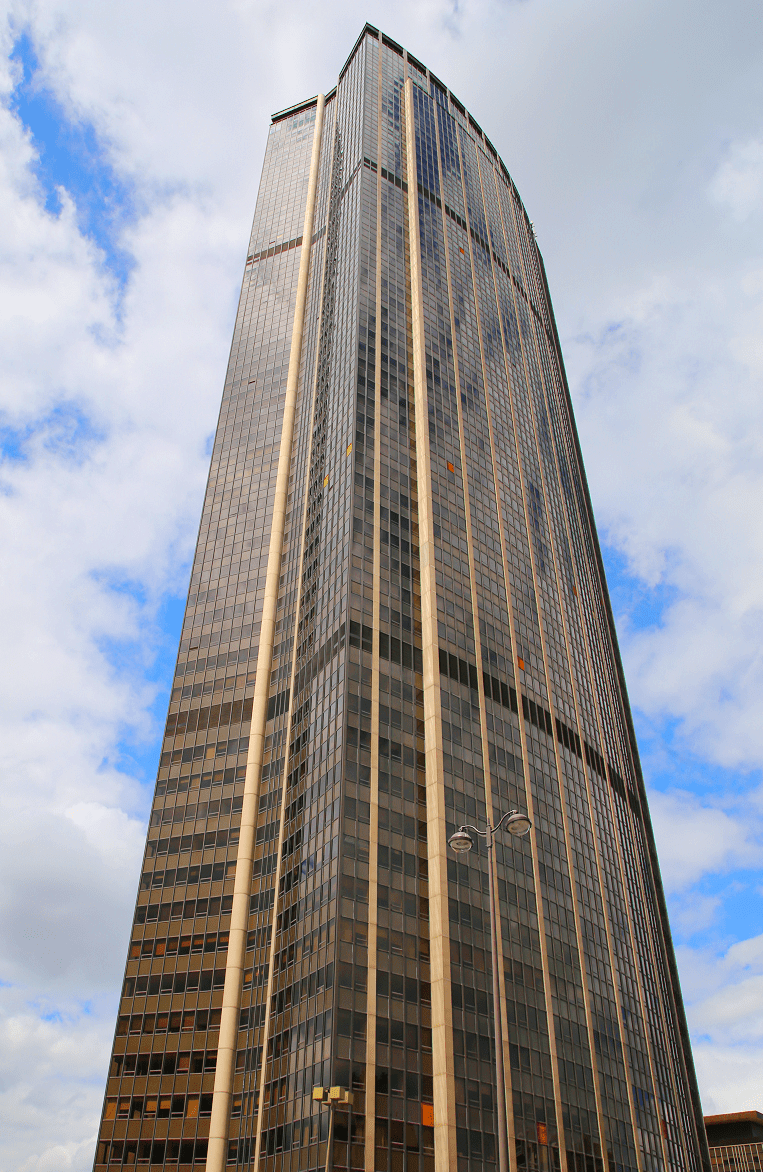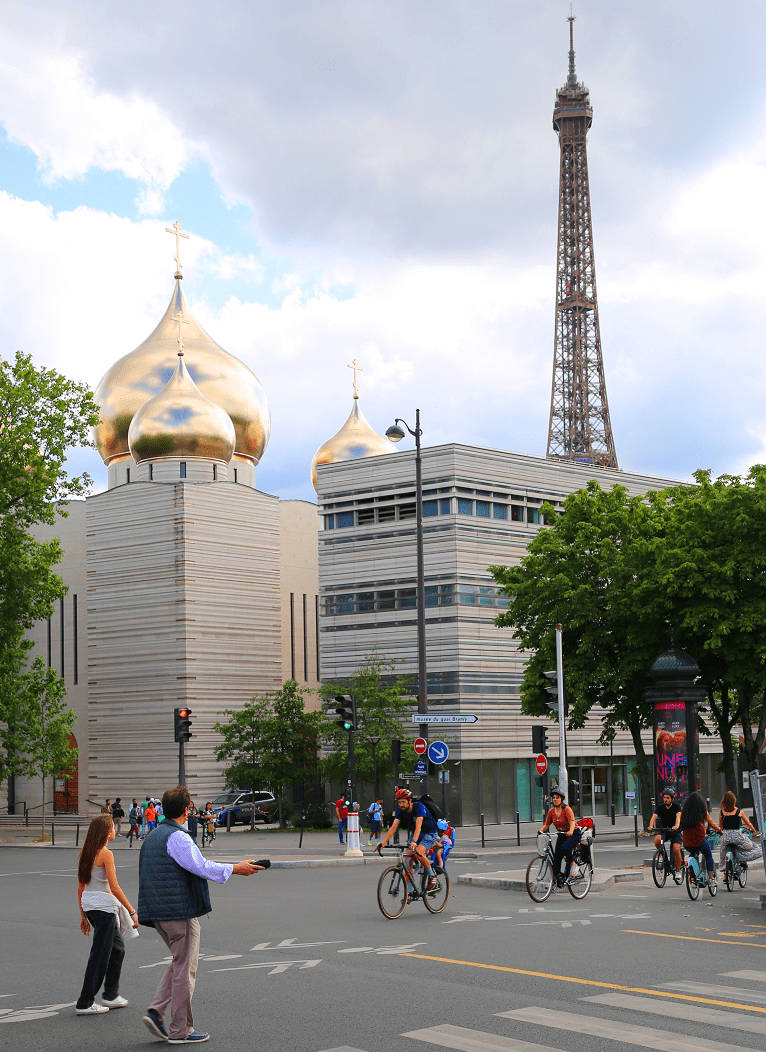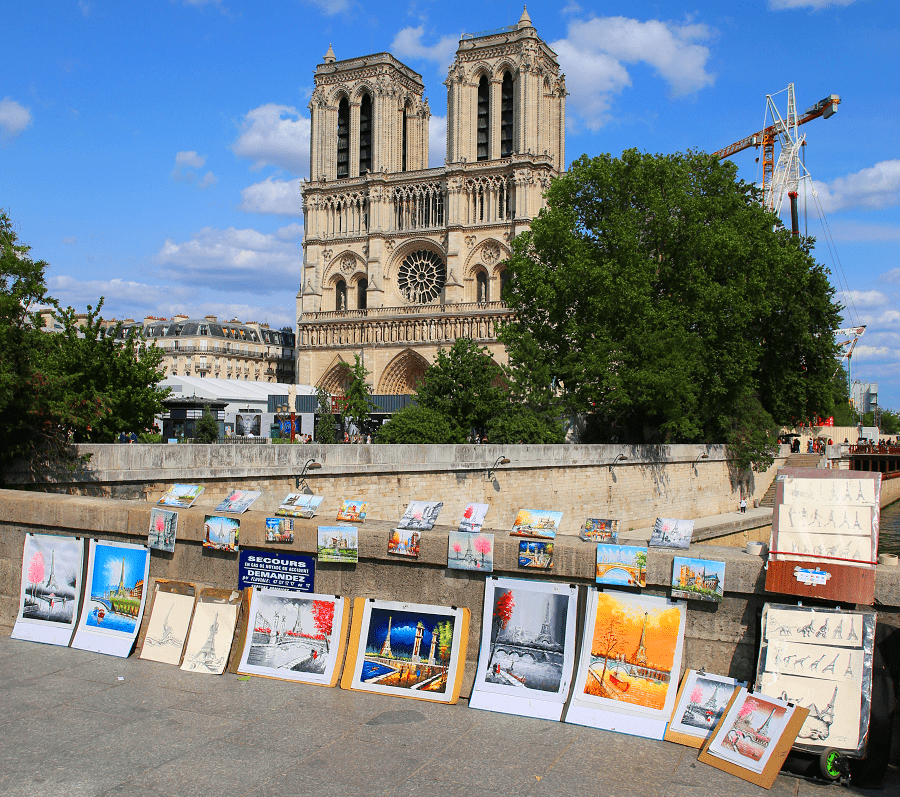As the capital city of France, Paris is divided into twenty districts as the capital of the Île-de-France region and the seat of the Greater Paris metropolis.
It is established in the center of the Paris Basin on a loop of the Seine, between the confluences with the Marne and the Oise. Occupied since the 3rd century BC by the Gallic people of the Parisii, the original site of Lutèce adopted the name of Paris around 310 and then developed as a town center through successive enclosures.
As capital of the Frankish kingdom during the reign of Clovis, Paris became one of the main cities of France during the 10th century – with royal palaces, rich abbeys, and a cathedral.
During the 12th century, the highly acclaimed University of Paris established the budding metropolis as one of the first centers in Europe for education and the arts. Since royal power was established in this city, its economic and political importance continued to expand.
Thus, at the beginning of the 14th century, Paris was one of the most important cities in the Christian world. From the 16th century, it represented the metropolis of the French colonial empire until the 20th century. In the 17th and 18th centuries, it was the hub of European and world political and cultural power. In the 19th century, it was the capital first of the Napoleonic Empire and then of arts and pleasures.
Extending into the 20th and 21st centuries, it was one of the main cities in the European Union. Since the Middle Ages, it has occupied an influential role as a leading civic and cultural center of the world.
The city underwent profound transformation under the Second Empire, giving old medieval Paris the facade of modern Paris that is characterized by large boulevards and open squares. At the beginning of the 20th century, the first line of the Paris Metro was inaugurated.
Then came the construction of lower cost housing and the introduction in the second half of the 20th century of an urban concept of towers and bars that transformed many districts of the peripheral districts. The center of the capital was profoundly renovated in the 1970s with the move from Les Halles to Rungis.
This was replaced by the underground Forum des Halles and the Châtelet-Les Halles RER station and the construction of the Pompidou center. At the same time, the ring road and the road on the bank were built.
Paris intramural , with an area of 105 km2, has 12,271,794 inhabitants on January 1, 2023, or about 19% of the population of France, making the region France’s first city.
In addition to numerous headquarters of international companies, the city is home to several European and international institutions. It is also one of the world’s major financial capitals. It is also the world capital of luxury, haute couture, and gourmet cuisine.
The economic activity of Paris is mainly characterized by higher tertiary activities. Information and communication activities are strongly represented – audiovisual programming and broadcasting, the national written press, and publishing are all strong sectors. Financial and insurance activities, head offices, and legal and accounting activities of large international companies characterize the territory.
The importance of local commerce and services is also specific to the region since approximately a third of the retail jobs in the Paris metropolitan area are found in Paris. The density of housing, population, activities, and networks nevertheless lead to certain challenge with commuter travel, atmospheric pollution, capital supply, and the increasing cost of real estate.
A tourist destination visited each year by some ten million foreign tourists (thirteen for Paris and the inner suburbs), Paris has world-famous architectural heritage such as the Notre-Dame de Paris cathedral, the Eiffel Tower, the Louvre Museum and the Triumphal arch.
From the classicism of certain buildings in the city center to neo-classical styles (i.e. the museum of modern art and Palais de Chaillot) or modern (UNESCO house, CNIT vault, Maison de la Radio et de la Musique), the trend of gigantism asserts itself with the towers of the Front de Seine and the districts of Italy and Montparnasse.
Events, concerts, festivals, and other activities punctuate the cultural life of the capital – such as international fashion week, which takes place every six months, Paris Plages in summer, and Nuit blanche in October.
The capital also hosts major sporting events such as the Roland Garros tournament, the arrival of the Tour de France, and the annual Paris marathon, as well as being home to renowned sports clubs such as the Paris Saint-Germain football club and the Paris Saint-Germain rugby union club. Paris organized the Olympic Games in 1900 and then again in 1924, and will host the upcoming 2024 Olympic Games.
Around 38 million tourists came to Paris in 2019, a new record broken before the Covid crisis, enabled by the influx of French and Japanese customers and the growing loyalty of American tourists. This is almost a fifth more than the 32 million tourists in 2013, including approximately 15.5 million foreigners – making Paris the most visited city in the world with a growing demand for a sustainable tourism industry.
The city also attracted 17.5 million foreign visitors in 2018. In 2017 it was the sixth most visited city in the world and fourth capital according to Euromonitor. It has the leading hotel capacity in Europe and significant assets for business travel (trade fairs, events, etc.) but also several Paris monuments listed as world heritage sites, such as Notre-Dame de Paris Cathedral, the most visited monument in Europe (before the fire in 2019).
As of 2011, the Île-de-France region welcomed a total of around 42 million tourists per year and in 2009, the city’s top fifty cultural sites recorded 71.6 million entries, a number up slightly compared to 2008.
But if Paris is today the most visited capital in the world, it is judged to be one of the least welcoming and most expensive – according to various surveys around the world, it is in first place for beauty and dynamism, but at the bottom of the ranking with regard to the quality of the welcome (52nd out of 60) and the prices charged (only 55th).
Full travel guide (225 objects, more than 1500 photos)
Shortest distances to the main European cities
From Madrid: 13 hr 11 min (1,274 km) via A10
From Andorra: 9 hr 21 min (860 km) via A20
From Monaco: 9 hr 32 min (955 km) via A7 and A6
From Moscow: 32 hr (2,850 km) via E30/M1
From Bern: 6 hr 13 min (572 km) via A6
From Belgrade: 18 hr 17 min (1,782 km) via A4
From Istanbul: 29 hr (2,731 km) via A4
Main information
Area: 105.4 sq. km
GPS coordinates: 48°51′24″N 2°21′8″E
Population: 2,102,650
Language: French
Currency: Euro
Visa: Schengen
Time: Central European UTC +1, in summer +2
Postal code: 75056 /75001-75020, 75116
Phone code: +33




